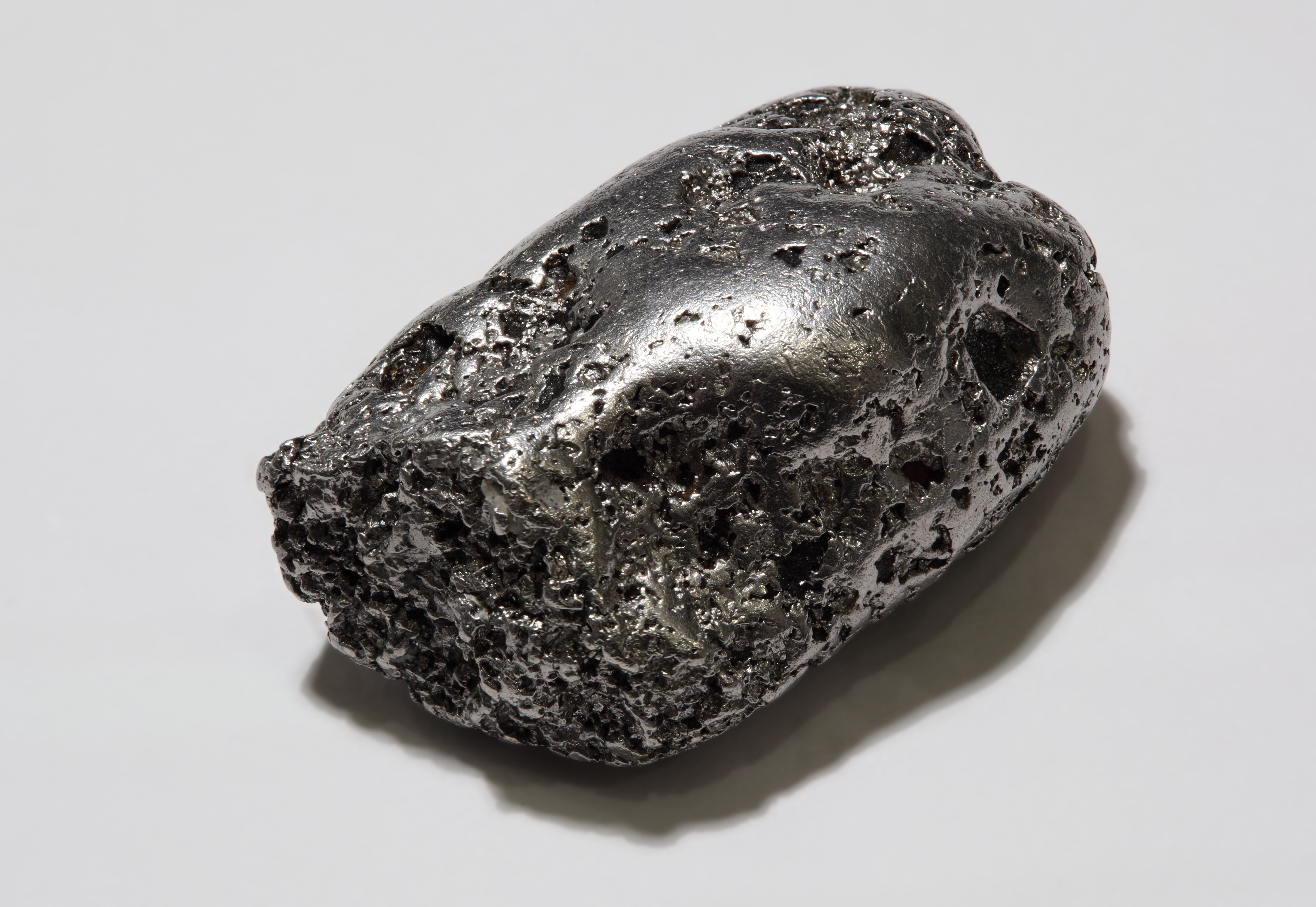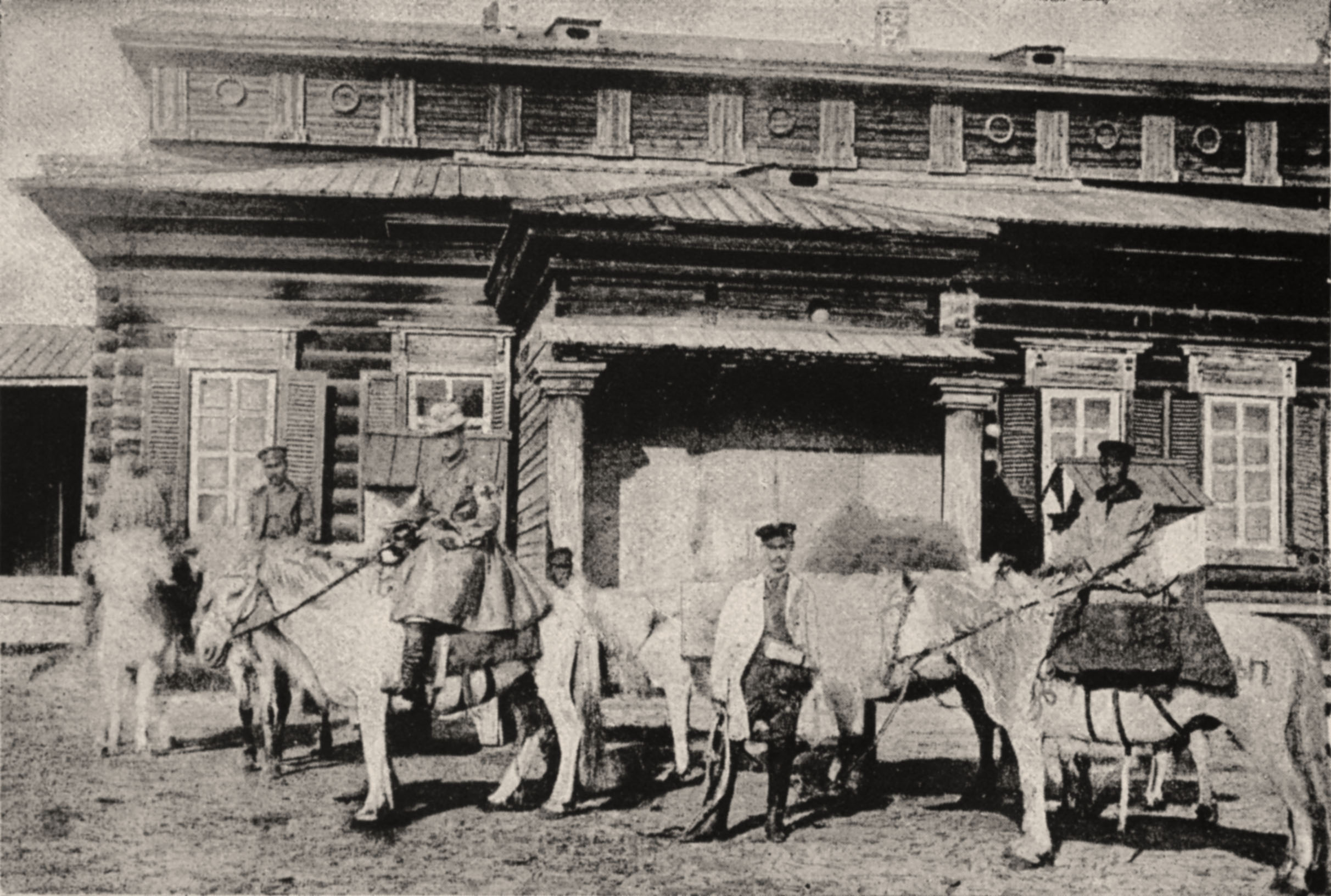|
Kondyor Massif
The Kondyor Massif () or Konder is a circular intrusion of igneous rock, about in diameter. It is located in Khabarovsk Krai, Russia, west-southwest of Okhotsk, or south-east of Yakutsk. It is reached from Yakutsk by road via Amga. It is an important source of platinum. Since 1984, Artel Starateley "Amur" (part of the Russian Platinum group) has developed this alluvial platinum deposit. See also *Ring dike A ring dike or ring dyke is an Intrusive rock, intrusive igneous body that is circular, oval or arcuate in plan and has steep contacts. While the widths of ring dikes differ, they can be up to several thousand meters. The most commonly accepted me ... References External links * * * * * Landforms of the Russian Far East Mountain ranges of Khabarovsk Krai Igneous intrusions Geology of Russia Platinum Ring dikes {{KhabarovskKrai-geo-stub ... [...More Info...] [...Related Items...] OR: [Wikipedia] [Google] [Baidu] |
Massif
A massif () is a principal mountain mass, such as a compact portion of a mountain range, containing one or more summits (e.g. France's Massif Central). In mountaineering literature, ''massif'' is frequently used to denote the main mass of an individual mountain. As a purely scientific term in geology, however, a "massif" is separately and more specifically defined as a section of a planet's crust (geology), crust that is demarcated by geologic fault, faults or lithospheric flexure, flexures. In the plate tectonics, movement of the crust, a massif tends to retain its internal structure while being displaced as a whole. A massif is a smaller structural unit than a tectonic plate and is considered the fourth-largest driving force in geomorphology. The word "massif" originates from French (in which the word also means "massive"), where it is used to refer to a large mountain mass or compact group of connected mountains forming an independent portion of a range. The Cydonia (regi ... [...More Info...] [...Related Items...] OR: [Wikipedia] [Google] [Baidu] |
Platinum
Platinum is a chemical element; it has Symbol (chemistry), symbol Pt and atomic number 78. It is a density, dense, malleable, ductility, ductile, highly unreactive, precious metal, precious, silverish-white transition metal. Its name originates from Spanish language, Spanish , a diminutive of "silver". Platinum is a member of the platinum group of elements and group 10 element, group 10 of the periodic table of elements. It has six naturally occurring isotopes. It is one of the Abundance of elements in Earth's crust, rarer elements in Earth's crust, with an average abundance of approximately 5 microgram, μg/kg, making platinum about 30 times rarer than gold. It occurs in some nickel and copper ores along with some Native element mineral, native deposits, with 90% of current production from deposits across Russia's Ural Mountains, Colombia, the Sudbury Basin, Sudbury basin of Canada, and a large reserve in South Africa. Because of its scarcity in Earth's crust, only a f ... [...More Info...] [...Related Items...] OR: [Wikipedia] [Google] [Baidu] |
Igneous Intrusions
Igneous rock ( ), or magmatic rock, is one of the three main rock types, the others being sedimentary and metamorphic. Igneous rocks are formed through the cooling and solidification of magma or lava. The magma can be derived from partial melts of existing rocks in either a planet's mantle or crust. Typically, the melting is caused by one or more of three processes: an increase in temperature, a decrease in pressure, or a change in composition. Solidification into rock occurs either below the surface as intrusive rocks or on the surface as extrusive rocks. Igneous rock may form with crystallization to form granular, crystalline rocks, or without crystallization to form natural glasses. Igneous rocks occur in a wide range of geological settings: shields, platforms, orogens, basins, large igneous provinces, extended crust and oceanic crust. Geological significance Igneous and metamorphic rocks make up 90–95% of the top of the Earth's crust by volume. Igneous rocks f ... [...More Info...] [...Related Items...] OR: [Wikipedia] [Google] [Baidu] |
Mountain Ranges Of Khabarovsk Krai
A mountain is an elevated portion of the Earth's crust, generally with steep sides that show significant exposed bedrock. Although definitions vary, a mountain may differ from a plateau in having a limited summit area, and is usually higher than a hill, typically rising at least above the surrounding land. A few mountains are inselberg, isolated summits, but most occur in mountain ranges. mountain formation, Mountains are formed through tectonic plate, tectonic forces, erosion, or volcanism, which act on time scales of up to tens of millions of years. Once mountain building ceases, mountains are slowly leveled through the action of weathering, through Slump (geology), slumping and other forms of mass wasting, as well as through erosion by rivers and glaciers. High elevations on mountains produce Alpine climate, colder climates than at sea level at similar latitude. These colder climates strongly affect the Montane ecosystems, ecosystems of mountains: different elevations hav ... [...More Info...] [...Related Items...] OR: [Wikipedia] [Google] [Baidu] |
Landforms Of The Russian Far East
A landform is a land feature on the solid surface of the Earth or other planetary body. They may be natural or may be anthropogenic (caused or influenced by human activity). Landforms together make up a given terrain, and their arrangement in the landscape is known as topography. Landforms include hills, mountains, canyons, and valleys, as well as shoreline features such as bays, peninsulas, and seas, including submerged features such as mid-ocean ridges, volcanoes, and the great oceanic basins. Physical characteristics Landforms are categorized by characteristic physical attributes such as elevation, slope, orientation, structure stratum, stratification, rock exposure, and soil type. Gross physical features or landforms include intuitive elements such as berms, cliffs, hills, mounds, peninsulas, ridges, rivers, valleys, volcanoes, and numerous other structural and size-scaled (e.g. ponds vs. lakes, hills vs. mountains) elements including various kinds of inland and oceanic b ... [...More Info...] [...Related Items...] OR: [Wikipedia] [Google] [Baidu] |
Ring Dike
A ring dike or ring dyke is an Intrusive rock, intrusive igneous body that is circular, oval or arcuate in plan and has steep contacts. While the widths of ring dikes differ, they can be up to several thousand meters. The most commonly accepted method of ring dike formation is directly related to collapse calderas.Gudmundsson, Agust. "Formation of collapse calderas." ''Geology'' 16.9 (1988): 808–10. Caldera collapse and ring dike formation Collapse calderas form due to the emptying of a magma chamber. Effusive eruptions that take place on the flanks of the associated volcano and a Fissure vent, fissure system that direct magma away from the chamber are both mechanisms that can empty a magma chamber. As pressure in the magma chamber changes, an increase in tensile stresses create tension fractures at the surface of the volcano. The geometry of the top of the magma chamber dictates the location and magnitude of the tension fractures. In addition, it was found that the higher th ... [...More Info...] [...Related Items...] OR: [Wikipedia] [Google] [Baidu] |
Platinum
Platinum is a chemical element; it has Symbol (chemistry), symbol Pt and atomic number 78. It is a density, dense, malleable, ductility, ductile, highly unreactive, precious metal, precious, silverish-white transition metal. Its name originates from Spanish language, Spanish , a diminutive of "silver". Platinum is a member of the platinum group of elements and group 10 element, group 10 of the periodic table of elements. It has six naturally occurring isotopes. It is one of the Abundance of elements in Earth's crust, rarer elements in Earth's crust, with an average abundance of approximately 5 microgram, μg/kg, making platinum about 30 times rarer than gold. It occurs in some nickel and copper ores along with some Native element mineral, native deposits, with 90% of current production from deposits across Russia's Ural Mountains, Colombia, the Sudbury Basin, Sudbury basin of Canada, and a large reserve in South Africa. Because of its scarcity in Earth's crust, only a f ... [...More Info...] [...Related Items...] OR: [Wikipedia] [Google] [Baidu] |
Alluvial
Alluvium (, ) is loose clay, silt, sand, or gravel that has been deposited by running water in a stream bed, on a floodplain, in an alluvial fan or beach, or in similar settings. Alluvium is also sometimes called alluvial deposit. Alluvium is typically geologically young and is not consolidated into solid rock. Sediments deposited underwater, in seas, estuaries, lakes, or ponds, are not described as alluvium. Floodplain alluvium can be highly fertile, and supported some of the earliest human civilizations. Definitions The present consensus is that "alluvium" refers to loose sediments of all types deposited by running water in floodplains or in alluvial fans or related landforms. However, the meaning of the term has varied considerably since it was first defined in the French dictionary of Antoine Furetière, posthumously published in 1690. Drawing upon concepts from Roman law, Furetière defined '' alluvion'' (the French term for alluvium) as new land formed by deposition ... [...More Info...] [...Related Items...] OR: [Wikipedia] [Google] [Baidu] |
Amga (rural Locality)
Amga (; , ''Amma'') is a types of inhabited localities in Russia, rural locality (a ''village#Russia, selo'') and the administrative center of Amginsky District of the Sakha Republic, Russia.''Registry of the Administrative-Territorial Divisions of the Sakha Republic'' It also the only inhabited locality and the administrative center of Amginsky Selsoviet, Rural Okrug within Amginsky District. Population: Etymology The name ''Amga'' is derived from an Evenki language, Evenk word meaning ''gorge'' or ''ravine''. Geography Amga is located on the Amga River, a right tributary of the Aldan (river), Aldan, part of the Lena (river), Lena basin. The Notora has its sources nearby. History It was first founded by the Cossacks in 1652 as the ''ostrog (fortress), ostrog'' (fortress) of Amga-Sloboda (). The first church was built in 1680, but it burned down later and was subsequently rebuilt a number of times. Agriculture has been conducted in the area since 1695; it was the first place in ... [...More Info...] [...Related Items...] OR: [Wikipedia] [Google] [Baidu] |
Advanced Spaceborne Thermal Emission And Reflection Radiometer
The Advanced Spaceborne Thermal Emission and Reflection Radiometer (ASTER) is a Japanese remote sensing instrument onboard the Terra satellite launched by NASA in 1999. It has been collecting data since February 2000. ASTER provides high-resolution images of Earth in 14 different bands of the electromagnetic spectrum, ranging from visible to thermal infrared light. The resolution of images ranges between 15 and 90 meters. ASTER data is used to create detailed maps of surface temperature of land, emissivity, reflectance, and elevation. In April 2008, the SWIR detectors of ASTER began malfunctioning and were publicly declared non-operational by NASA in January 2009. All SWIR data collected after 1 April 2008 has been marked as unusable. The ASTER Global Digital Elevation Model (GDEM) is available at no charge to users worldwide via electronic download. As of 2 April 2016, the entire catalogue of ASTER image data became publicly available online at no cost. It can be downlo ... [...More Info...] [...Related Items...] OR: [Wikipedia] [Google] [Baidu] |
Yakutsk
Yakutsk ( ) is the capital and largest city of Sakha, Russia, located about south of the Arctic Circle. Fueled by the mining industry, Yakutsk has become one of Russia's most rapidly growing regional cities, with a population of 355,443 at the 2021 census. Yakutsk has an average annual temperature of , winter high temperatures consistently well below , and a record low of has been recorded.Погода в Якутске. Температура воздуха и осадки. Июль 2001 г. (in Russian) As a result, Yakutsk is the coldest ''major city'' in the world (although a number of smaller towns in that region are slightly colder). Yakutsk is also the largest city located in [...More Info...] [...Related Items...] OR: [Wikipedia] [Google] [Baidu] |








